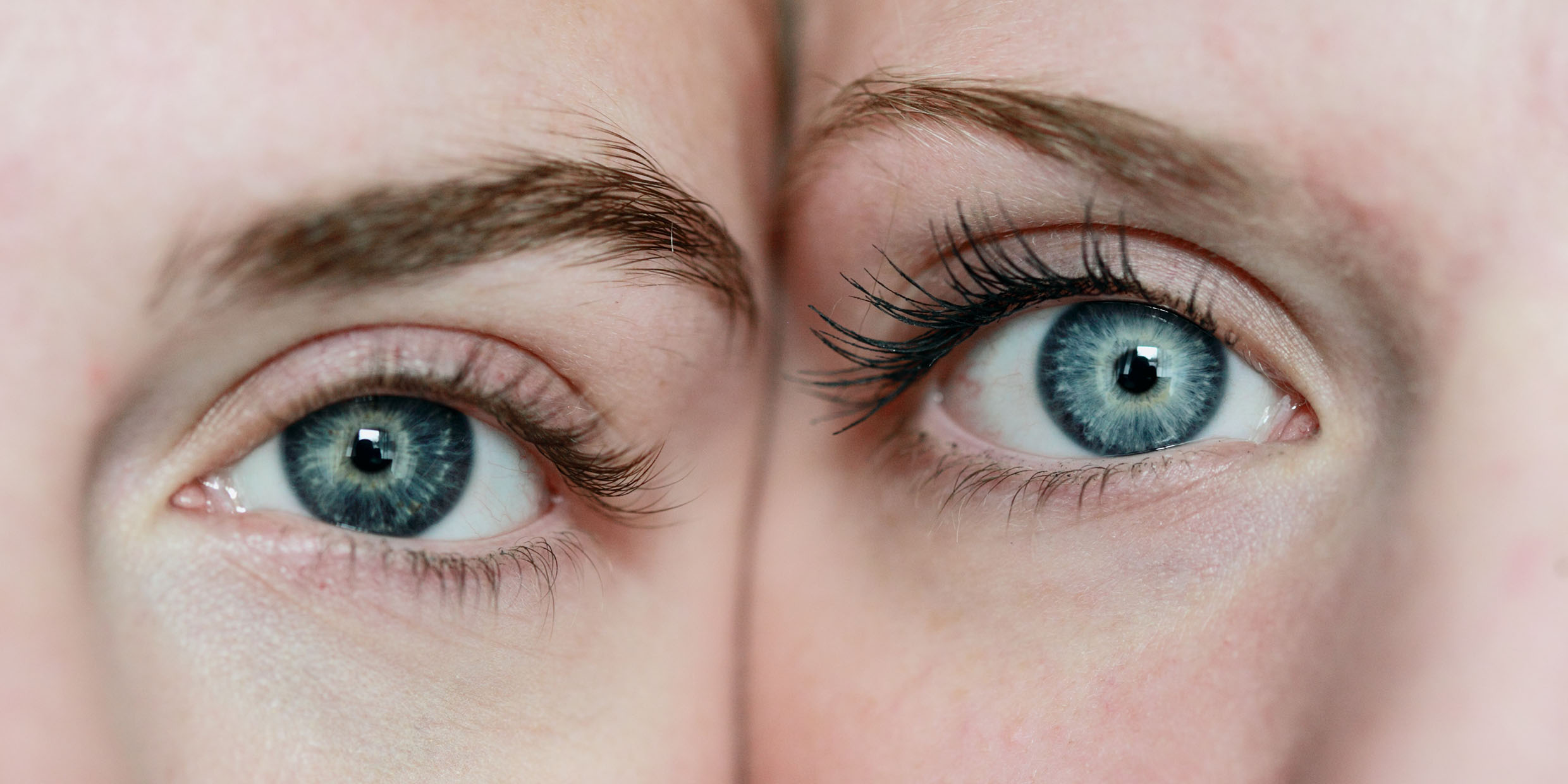Originally published 21 September 1998
Ever since Dolly the cloned sheep made her bombshell debut last year, everyone is asking, “What do you think of cloning?”
My answer has been to quote a comic I heard on British radio: “I don’t understand why scientists want to clone a sheep. I thought the whole point of sheep is that they are all the same.”
I resort to a joke because I haven’t sorted out how I feel about this new technology. A cloned sheep or two will not perplex even the most morally fastidious mind, but the prospect of cloned humans is enough to set alarm bells ringing.
What can be done for sheep can certainly be done for humans too.
The present technique for cloning involves taking the nucleus from a cell of the individual to be cloned and placing it in an egg cell from which the nucleus has been removed. The nucleus contains the genetic information that tells the egg how to develop into an adult organism.
The egg is then implanted in an uterus — any uterus — and allowed to grow.
Dolly was not the first animal cloned by this method. However, in all previous work, the gene-bearing nucleus was obtained from fetal cells that had not yet become specialized for particular tasks — that is, only very young embryos were cloned. A technical triumph, to be sure, but hardly the stuff of screaming headlines.
In Dolly’s case, the genetic information was taken from a mammary cell of a six-year-old adult sheep. The cloned individual was more than just a microscopic cluster of undifferentiated cells; she was “all growed up,” with a life, family, and friends of her own — so to speak.
Which means, in the case of humans, that it is a Bill Clinton or Mother Teresa or Mark McGwire who might be duplicated from a flake of skin or drop of saliva. No wonder the news of Dolly generated gasps of apprehension or shudders of despair.
For a while, we could more or less put it out of our minds. Some scientists suggested that Dolly might not be all she was cracked up to be; that a fetal or embryonic cell from another sheep or Dolly herself might somehow have contaminated the cells cultured from Dolly’s udder. And anyway, the cloning of Dolly was an unproven technology; it might be years before it could be applied to humans with a reasonable chance of success.
Now, Dolly’s technological pedigree has been confirmed by DNA analysis, and other researchers have cloned a score of mice from adult cells with an apparent ease that makes the head swim. Mice are ideal laboratory animals, with short gestation periods. We can expect rapid progress in the techniques of cloning mammals.
Farm animals and perhaps race horses will almost certainly be the first commercial candidates for cloning, although an anonymous millionaire has contracted to pay $2.3 million to scientists at Texas A & M and California-based Bio Arts and Research Corp. for a duplicate of his canine pet Missy.
Will human cloning follow? The aptly-named physicist Richard Seed has announced his intention to clone himself, with his wife bearing the resulting embryo. All it takes is the will, the expertise and the money, and if he can raise the “Seed” money, the expertise will be certainly be available — as the Missy project demonstrates.
Seed’s much-ballyhooed project may be something of a stunt, but serious biomedical researchers will not be far behind: in fact, they will likely lead the way. They will attempt to justify their work by emphasizing potential benefits to humankind: helping infertile couples have a child, producing a child who could donate bone marrow to a dying person, replacing a dead child.
But the bottom line is this: What can be done will be done, and there is very little anyone can do to stop it.
Two states — Michigan and California — have passed laws banning human cloning, and Congress may do the same for the nation. But human-cloning entrepreneurs will find a jurisdiction somewhere in the world that permits their activities. The technical difficulties may be formidable, but they will be overcome.
Meanwhile, what are us folks on the sidelines supposed to think about this brave new possibility?
The first question we should ask ourselves is: What is the basis for our almost universal sense that human cloning is wrong? Ethicist Leon Kass has said that a society that permits cloning “has forgotten how to shudder.” Trust our gut instincts, he says. If it feels wrong, don’t do it.
But philosopher David Papineau wonders if gut feelings of repugnance are reliable guides to ethical behavior; they may rather be nothing more than habitual prejudice, he says. In the New York Times Book Review, he writes, “If it had been left to gut reactions, interracial marriage would probably still be banned, and slavery still allowed.”
Who is hurt by cloning? Many organisms reproduce by making exact copies of themselves. Nature even produces human clones of sorts in the case of identical twins, and no one finds twins abhorrent. Human beings are more than mere biological containers. We are individually unique repositories of experiences, memories, affections, fears and dreams, and these things will never be reproduced in a laboratory.
Human cloning will happen, as sure as sheep eat grass and mice run mazes. But it is hard to imagine that sex — lovely, agonizing, ubiquitous sex — will ever be displaced as the primary mode of human reproduction.




Tom, I want to say again, thank you for archiving Musings. I do so miss the the porch. I hope your dad is ‘well enough.’ Not a day goes by that I don’t think of him.
Lyra
I do it for my own pleasure, getting to reread them all again, so much good writing. If others get as much enjoyment as I do from them, what a terrific bonus! Thank you for your kind words.